Relevant Considerations Regarding the Switch to Electric Vehicles

Citroën has been envisioning efficient electric vehicles for decades. In 1992 the company showed the Citela, a 2-seat concept not unlike their new Ami 100% electric that is now on sale in France and the UK.
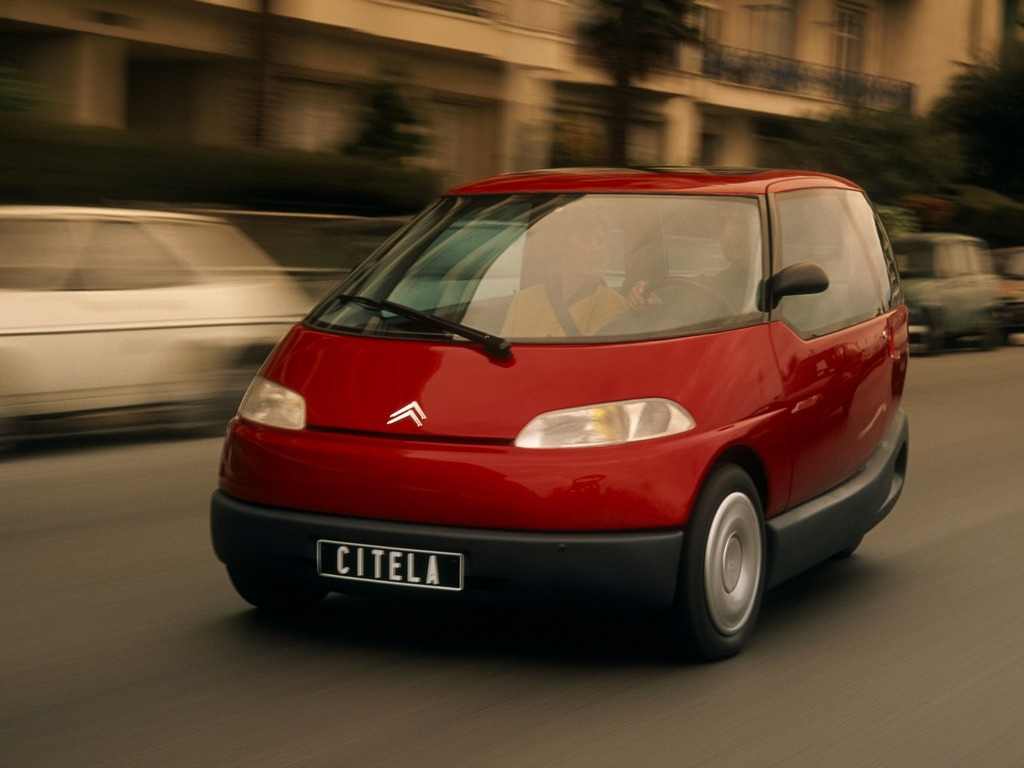

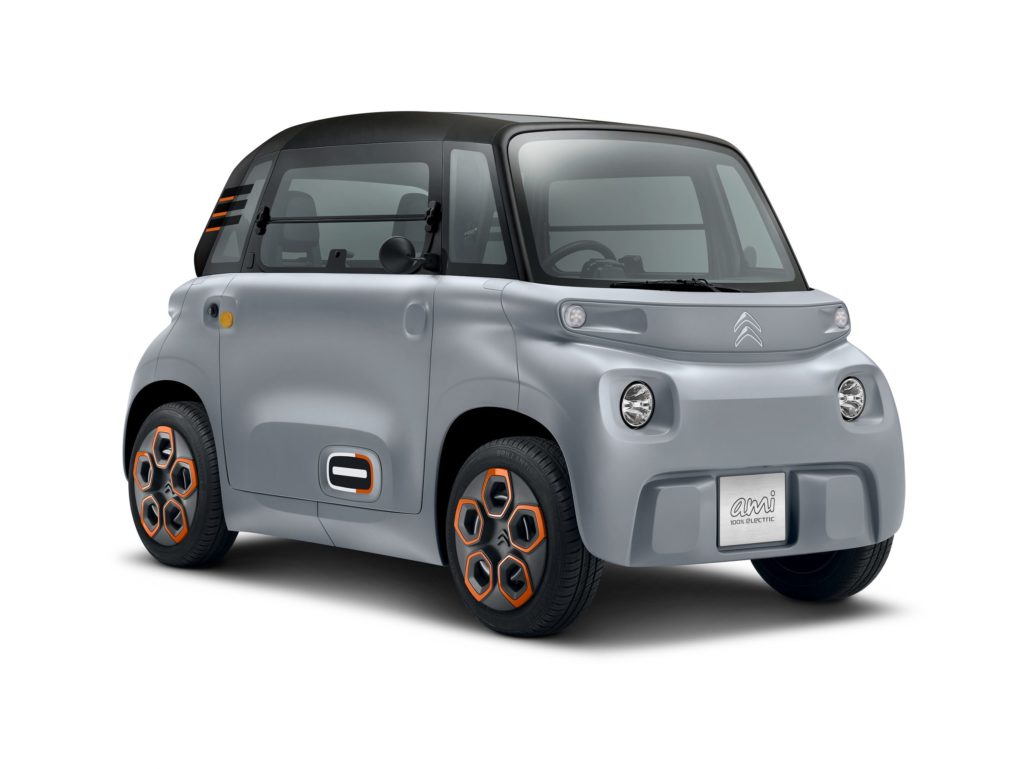
The C-Zero was introduced back in 2010 as part of a joint project between Citroën, Peugeot and Mitsubishi (the i-MiEV — virtually identical to the C-Zero except in badge and name — was sold in North America).
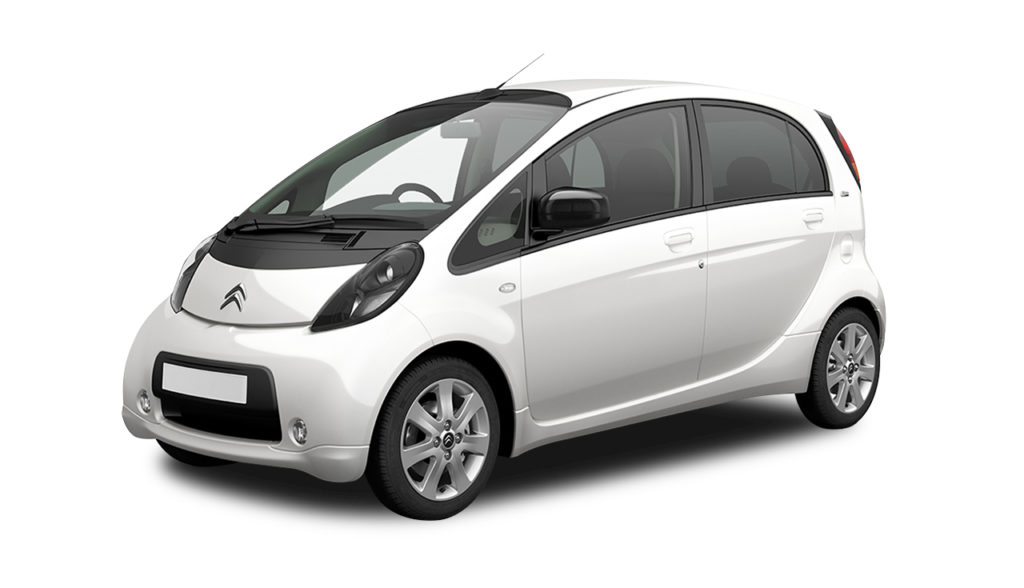
In 2011 there were two daring designs — The CCrab, a concept designed by Juha-Pekka Rautio who was inspired by, you guessed it, a crab (where each wheel could move independently), and the Citroën EGGO concept by Damnjan Mitic — an electric 2-seat coupe powered by 4 motors built in to each wheel that can be supplemented with power from a solar panel roof and ATV-like suspension.

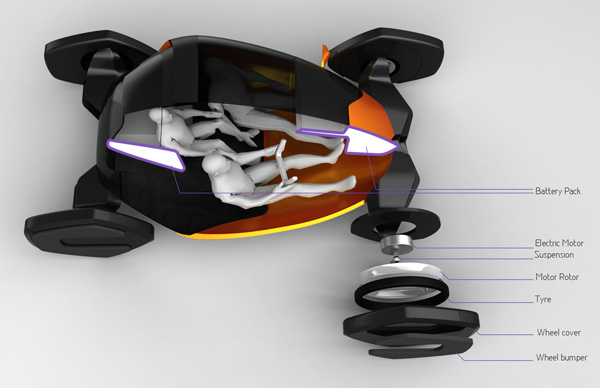



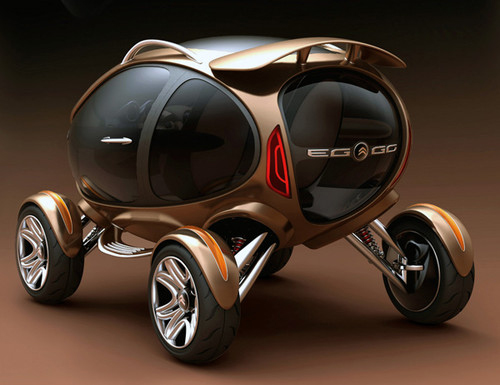
The renderings of the Eggo appear to have been inspired by a concept design submitted to Citroën five years earlier (in 2006) by David Magaldadze.

Citroën recently implied ATV capability to their Ami 100% electric by showing the Ami Buggy, though how suitable its suspension for off–roading might be is something you probably would not want to test.

Cool design and technical gimmickry aside, what is apparent is that EVs are becoming a popular genre of automotive transport. All the major automotive manufacturers have joined the “green bandwagon” and announced accelerated plans to offer EVs , some even exclusively, within the next decade. While on the surface it would seem they have done so to show innovative designs and appease those that believe climate change can be reversed by the elimination of the internal combustion engine (ICE), there are other compelling reasons why building EV’s is more lucrative than cars that run on fossil fuels.
The manufacturing procedure (notice — we did not say cost) of an EV is substantially reduced over an ICE counterpart. Electric motors cost far less to produce and along with them goes the need for on-board fossil fuel delivery, storage, exhaust systems and the various components bolted to a relatively complex engine.
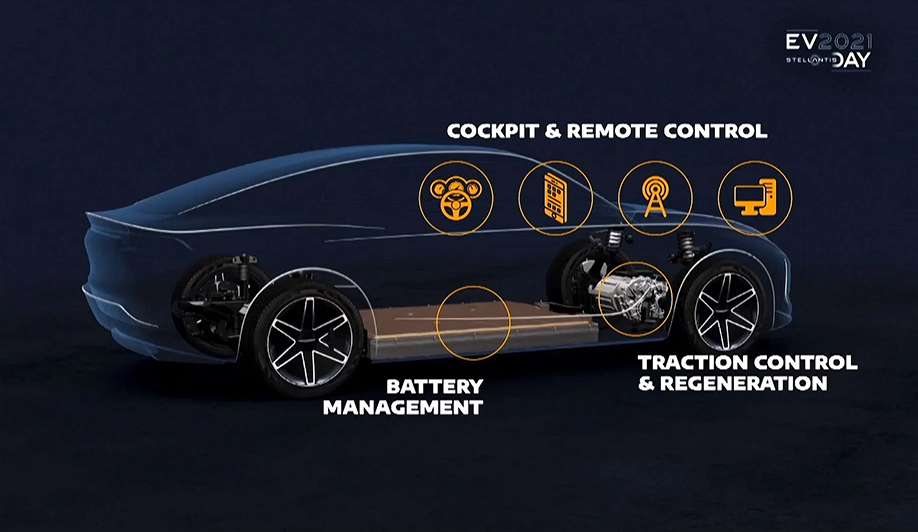
Cost savings may well be offset by the batteries needed in EVs, but investment in power storage allows for increased market sales beyond the automobile itself, and therefore a whole new business model. Telsa has established a sizable portion of their business in battery storage solutions for commercial and residential applications. Don’t think for a moment that Ford, GM and yes, even Stellantis, are ignoring the potential to free themselves from having to achieve profitability primarily on automotive sales.
Also enticing is the IT manna they want to capture, hopefully ahead of the likes of Apple and Google, who reportedly will have their versions of EVs on the market prior to 2025. Each want the rich user data they can funnel to their proprietary support networks — a new revenue stream that customers will likely need to subscribe to in order to operate their vehicles. In their boardrooms today’s auto manufacturers envision the trillion dollar possibilities from data being collected continuously, offset by the revenue they will forfeit from the loss of supplying parts and servicing of ICE vehicles. (Servicing being primarily dealer revenue anyway — not a factor especially when they are trying to instill a direct to consumer model as opposed to supporting a dealer network in the future.)
As governments pass legislation toward EV proliferation on our roads and the media along with the masses they influence tout an exclusive EV future, among the many articles recently written about the transformation we offer two consideration points as to why EVs are not the be-all — end-all remedy to the evil fossil fuel vehicles on our North American roads today. The 2nd piece is an article by Frank Fumagalli that has an intriguing perspective — speculating a conspiracy agenda to the movement aiming to kill the internal combustion engine before we have practical alternatives in place:
1. Batteries and Green Energy to charge them.
The environmental impact of battery production today and in the foreseeable future is significant. Let alone what we extract from the earth to power cell phones, toys, personal aid devices, appliances, tools — the list goes on… Increasing production to supply the demand for 100% EV automotive transportation puts an additional strain on the mineral resource extraction and shipping of such, in addition to the amount of fossil fuel consumed to extract, manufacture and deliver EV batteries.
There are two orders of batteries, rechargeable and single-use. The most common single-use batteries (A, AA, AAA, C, D, 9V dry-cell types) use zinc, manganese, lithium, silver oxide or zinc and carbon to store electricity chemically, and all contain toxic heavy metals. Rechargeable batteries only differ in their internal materials, usually lithium-ion, nickel-metal oxide and nickel-cadmium.
The United States uses three billion of these two battery types a year and most are not recycled; they end up in landfills. While some states and countries around the world are mandating recycling, the reality is that the vast majority are thrown in the trash, out of sight — out of mind, and destined to break-down and leak in landfills.
In addition to dry cell batteries, there are also wet cell ones currently used in automobiles, boats and motorcycles. They are for the most part, more environmentally friendly as the simple plate construction and existing recycling infrastructure, affords about about ninety percent of them to be recycled.
It’s important to note that batteries do not make electricity. They store electricity produced elsewhere, primarily by coal, uranium, natural gas-powered plants, or diesel-fueled generators. So to say an EV is a zero-emission vehicle is not at all valid. Also, since forty percent of the electricity generated in the U.S. is currently from coal-fired plants, it follows that forty percent of the EVs on the road are coal-powered.
Yes, there is solar and wind power for green energy, but these also come with environmental impact that tends to get glossed over. Fact is there is limited output from solar today, and not even factoring the chemicals needed to process silicate into the silicon used in the panels, and their ability to be recycled, the footprint they will take up in precious farmland or natural areas to generate sufficient power for any significant charging of millions of EVs is something rarely discussed among green advocates. Each wind turbine requires a footprint of 1.5 acres, so a wind farm of 150 turbines needs 225 acres; In order to power a city the size of NYC you’d need 57,000 acres. The Biden administration envisions that much of it can be located off-shore, but is that realistic given that the goal is a reliable and defensible means of power generation? And lest we forget about the hundreds of thousands of birds that are killed each year from wind turbine blade collisions.

If we rely on wind power, we are still consuming a huge amount of fossil fuel to deliver so-called “green electricity”. Each wind turbine needs 80 gallons of oil as lubricant that requires replacement once a year… and we’re not talking about vegetable oil, this is a PAO synthetic oil based on crude. An average size wind farm with 150 turbines consumes 2,000 gallons of it annually!
It is estimated that a little over 3,800 turbines would be needed to power a city the size of New York, let alone the vehicles belonging to those in it. OK, not many New Yorkers drive, but even so without the demand to charge EVs, that’s 304,000 gallons of refined oil for just one city.
Calculate every city across the nation, large and small, and factor in the vehicles operating within each, and those outside of them. Then also factor that the large equipment needed to build these wind farms run on petroleum as well as all the machinery required for, service, maintenance, and eventual removal.
Other sources of power, hydro-electric, nuclear, and clean burning of waste, can serve the need to power EVs in the short term, but if they begin to dominate the automotive landscape, we are going to need a substantial increase in these sources to meet demand. And those that think hydrogen will be the answer, should look at the physics of energy required to extract H2 from H2O, then also consider the storage and delivery infrastructure it would require.
There’s no question that EVs are a viable solution for some automotive applications such as urban use, but to try an pivot the entire automotive industry from ICE to EV with the battery power technology we are developing today and power provision generated by implementing a 100% “renewable green energy” grid within the time-frame that politicians are targeting, makes little sense if were are going to survive in a civilization where transportation is such a vital component in sustaining it.
2. Here’s why Governments are pushing inefficient electric vehicles
By favouring a transportation system that can fail at a single point, we confer upon those in power the ability to shut down an entire civilization.
Governments are doing everything they can to get Americans into electric cars. However, those cars come with the risk of a serious loss of power — not just for the car, but for those who buy those cars.
We have to begin with asking, why are the governing pushing electric vehicles? And it’s not just cars; it’s also trucks. Why are they ignoring hybrid vehicles? If something happens to the electric guts of a properly designed hybrid car, the vehicle can limp along with its smaller gas engine until it reaches safety. What happens to a fully electric vehicle if its electrical system fails? Nothing, of course! You’re stuck. All you have is a hunk of metal and plastic. And if you run out of electricity while driving, you can’t just get a gallon gas can to fill the tank until you get to the nearest service station. Again, you’re stuck.
The next question is, “Are electric cars cheaper than gas cars?” No, they cannot be cheaper, and that’s even if you run them on renewable. Take solar energy, for example. Even if sunlight is free, the laws of thermodynamics still control. Every time energy changes form, there is a loss factor. Sunlight impinging on solar cells changes only 14–47% of the energy to electricity. The forty-seven percent figure is state-of-the-art, so it is not available for everyday use.
Electricity is then stored in chemical-based car batteries (with a loss). And then chemical energy is reconverted back to electricity (with a loss) and finally to mechanical energy, where the tire rubber meets the road (with a loss). At a guess, not more than 5% of the original sun power turns the wheels of an EV. That’s awful. What this means is that it is more efficient to run a gas-powered vehicle.
You can do similar analyses with other renewable, whether wind or water power. They simply aren’t efficient.
Moreover, renewable are available intermittently (when the sun shines, the wind blows, or the water flows). Because we want to drive when those power sources aren’t immediately available, we will have to store excess sunlight in chemicals or in other ways, always remembering that storage and later re-conversion is never free. And we will always have to maintain fossil fuel backup plants in case of renewable’ failure.
This energy loss is not a secret. Smart people know about energy losses. Why, then, do so many favour a less efficient mode of transportation?
This analysis begins by recognizing that these smart people are fully aware of the above two points — namely, that fully electric vehicles are a riskier transport system compared to hybrids, and renewable power is a less efficient use of limited energy resources than gasoline.
Given this information, it is time for our conspiracy theory. By favouring a transportation system that can fail at a single point, we confer upon those in power the ability to shut down an entire civilization. And even if they don’t completely shut it down, the price of electricity will be centrally controlled, allowing a choke-hold on all the people all the time.
Redundancy is more expensive than efficiency, but redundancy at least leaves options. With our advanced understanding of complex systems today, no engineer would knowingly structure a system where failure at a single point makes everything inoperative for the foreseeable future. One broken gear in a clock makes it useless for its purpose, but we can buy another clock. Remaking a resilient transportation system is a herculean task.
The proper conclusion here is that society, meaning each and every one of us, should fight like hell before we allow such catastrophic vulnerabilities to be built into our future. One EMP explosion will eliminate most of the affected population within six months — and it won’t be pleasant. Starvation is a particularly nasty way to end our days. And all the time we are starving to death, we’ll have time to think how stupid we were to allow such things to be done to us.
Why would anyone trust the government to look after our welfare? Just don’t do it. Just don’t allow it! Just say no to EVs! Long live carburetors!
– Frank Fumagalli
Conspiracy or not, EV’s have been around since the early days of the automobile. They are becoming mainstream whether we wholeheartedly agree or not. As they proliferate, finding a viable balance between EV and ICE automobiles will necessitate us all determining what is determining what is practical to allow us to live to some degree in the manner to which we have become accustomed.


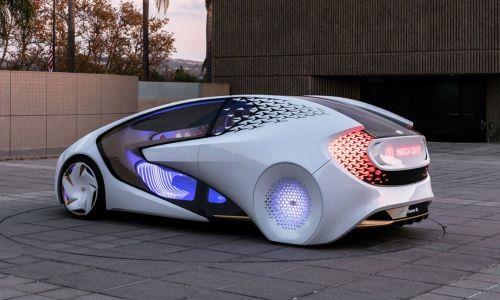
And finally…. trust the government who are shaping our future:

This EV conundrum has intrigued me for quite a few months now. My question is why the hybrids have not been further developed and instead became obsolete in a relatively short time in the rush to EVs. Seems that HVs offer the ‘best’ of both worlds without ditching the ICE technology and able to develop the EV component. Greenwashing seems to be the motivating factor… to be seen doing something to reduce our dependence on fossil fuels.
I feel they should have started small. Here in France, and some other European countries, you have small cars one can drive without a driver’s license. They are nothing more than 30mph lawnmowers with an enclosed cabin. Forcing those to go EV, and other short distance transportation – such as scooters, mopeds and small motorcycles would be smarter. After all, ignoring wether they are actually good or bad, the infrastructure of charging even these, are just not in place. Now I live in the country so I could easily charge at home. But what about all those who live in an apartment complex? In NYC it’s hard enough to find a parking spot, now you have to fine one with a free (not in the money sense) AND working charger! Good luck! And just wait till some wise guy gets the brilliant idea to go out at night and unplug them all.